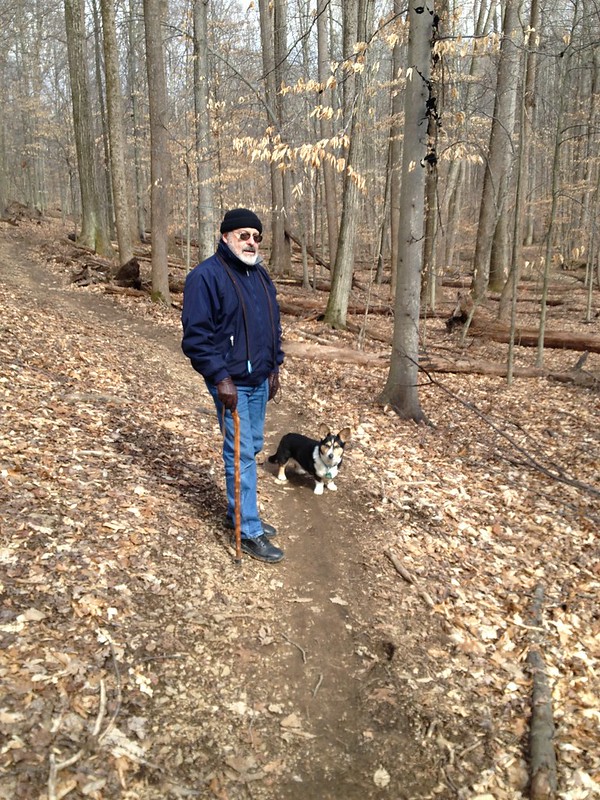I'm working on a decorated (knotwork) walking stick project. The spar urethane saturated cord I'm using is going to weigh a fair amount, and change the balance point of the stick. Since I can adjust the balance point by changing the knotwork patterns, where the best place to balance the stick?
Edit: For reference, the stick maximum length is 60" long and the bottom of my horizontal forearm is 44" off the ground. I know the balance point has to be some distance below my hand, but I'm not sure where.
Edit: For reference, the stick maximum length is 60" long and the bottom of my horizontal forearm is 44" off the ground. I know the balance point has to be some distance below my hand, but I'm not sure where.




